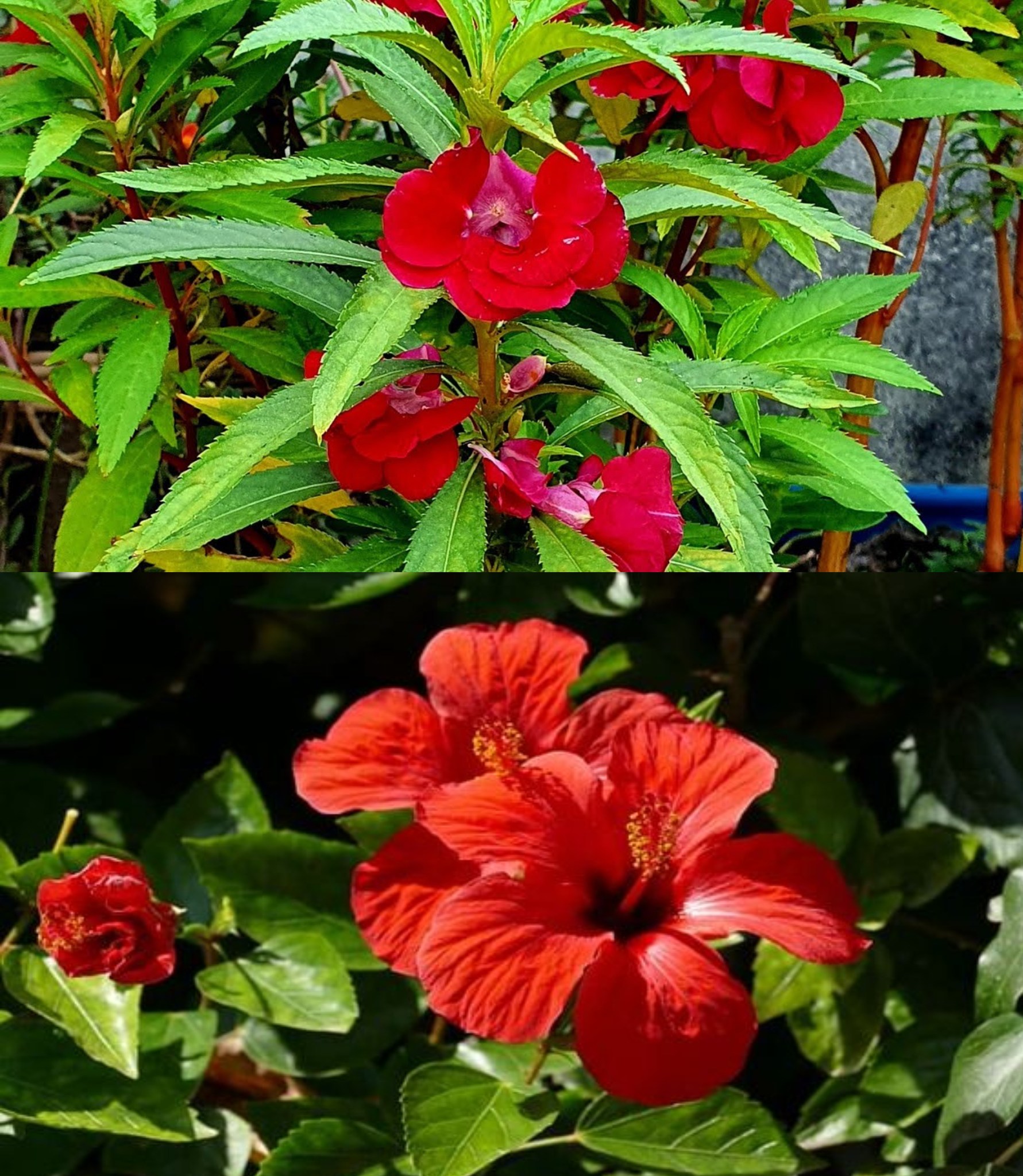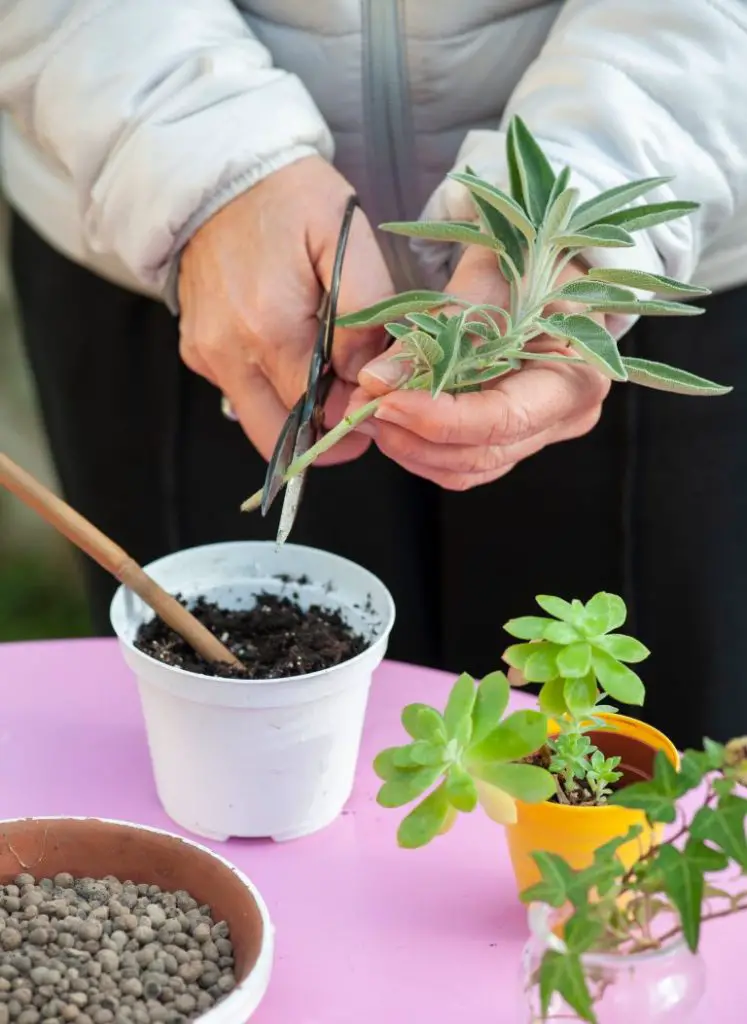
Sage Reproduction: The Twig Trick for Endless Growth
Salvia, commonly known as sage, is an aromatic plant belonging to the Lamiaceae family, rich in beneficial substances for the body and an excellent flavoring agent for culinary delights. Cultivating sage at home is a rewarding endeavor that requires careful attention and adherence to proper guidelines. Let’s explore the fundamental steps to embark on this botanical adventure and reproduce sage endlessly without breaking the bank.

Potted Sage: Reproduction Methods
Growing sage can be accomplished through various methods, allowing you to choose the one that suits you best. While seeds offer a straightforward option, keep in mind that growth may be slower. Simply plant the seeds in a pot filled with soil, water them, and you’re on your way. Alternatively, opt for the cutting method, where you insert a sage sprig into the soil during autumn or spring without the need for rooting hormones. You can also apply a touch of honey on the cut branch before burying it.
Growing Sage Seedlings: Key Steps
Upon acquiring a sage plant, the first step is to repot it into a larger container, ideally 30 to 40 centimeters wide and deep, providing ample space for the plant’s roots to thrive. Position the pot in a sheltered area, avoiding excessive wind exposure while ensuring it receives abundant sunlight. Remember not to overwater the sage. It’s advisable to repot and fertilize the plant every 3 to 4 years during autumn. Pruning becomes necessary only when the plant’s size becomes excessive.
Sage for the Whole Family: Harvesting and Consumption
In its initial year, sage seedlings grow slowly, but you can still harvest the first leaves for seasoning dishes. By the following spring, the plant will undergo accelerated growth, and a single sage plant can comfortably meet the culinary needs of an entire family.
Harvesting and Storage Tips for Sage
Sage, being an evergreen plant, allows year-round harvesting. To store sage leaves, wrap them in absorbent paper and place them in a plastic bag in the fridge. If lightly moistened with olive oil, sage leaves can be stored for up to three weeks in the refrigerator. Otherwise, use them within a week.
Care Tips and Ideal Conditions
Protect young sage plants, especially during the first year, from winter cold and frost by covering the base with straw, wood pieces, or bark. Alternatively, bring them indoors. To prevent pest infestation and rot, create natural fungicides using baking soda and water.
Ideal Soil and Climate for Sage Growth
Sage thrives in direct sunlight and favors mild climates. In a garden setting, avoid shaded areas, and when indoors, place it on a balcony or windowsill, avoiding the north side. Sage is drought-resistant and withstands cold as long as it’s not prolonged. While it prefers a calcareous substrate, it adapts to various soils but cannot tolerate clayey soil or water stagnation.
Now equipped with the secrets of sage cultivation, dive into this fulfilling gardening venture. Happy gardening!
